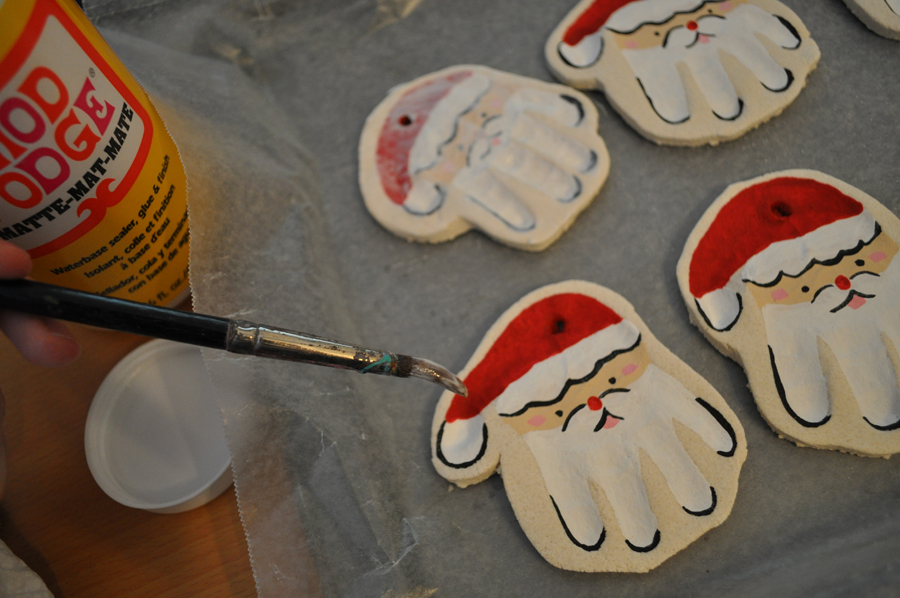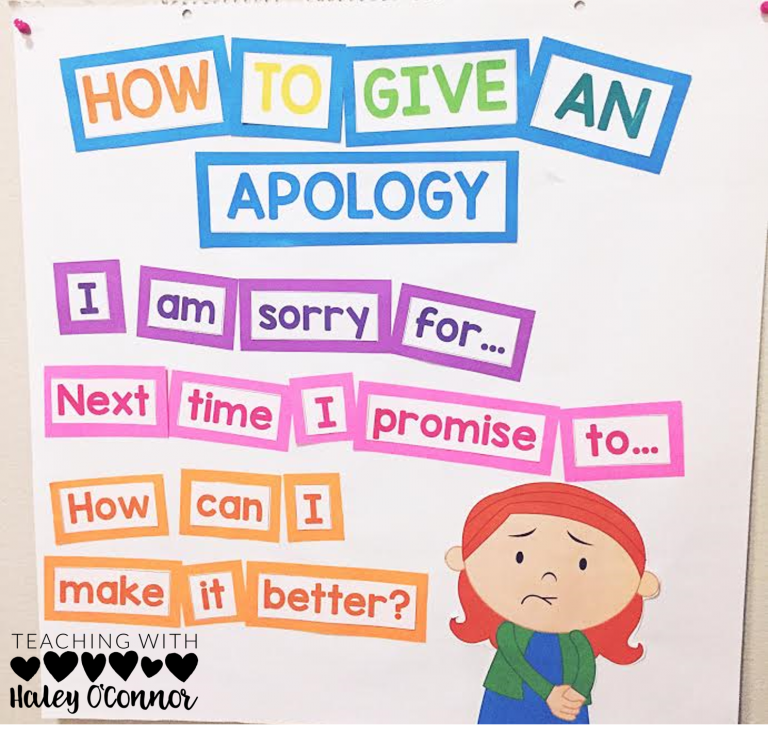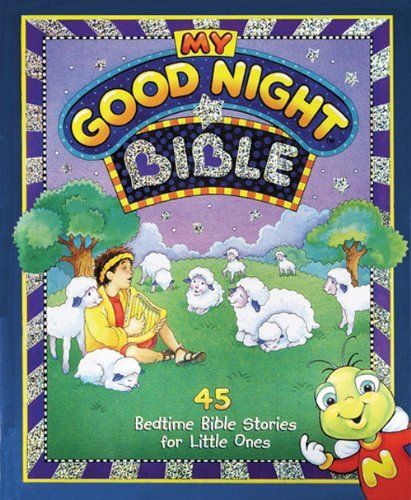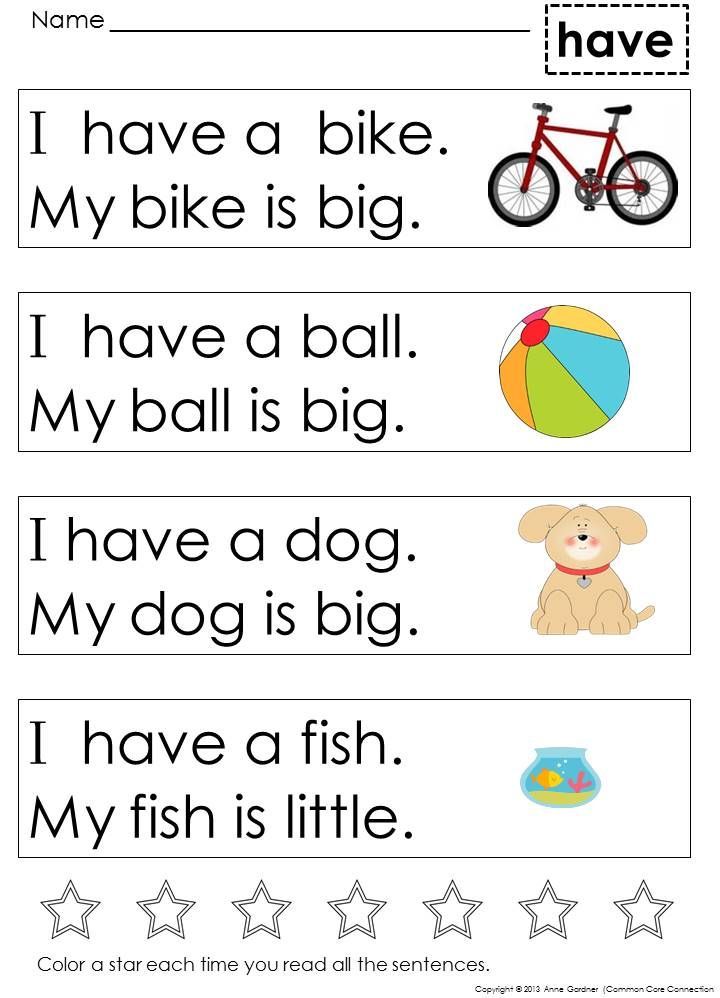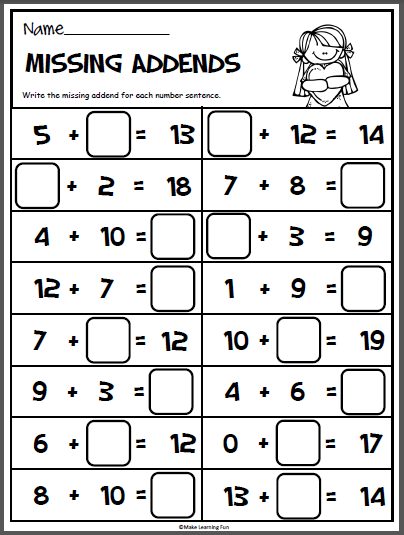Learning how to write the alphabet
Learning How To Write Letters - Children Need 3 Key Skills
The steps to learning how to write letters for children is actually quite complex. The skill of handwriting requires many motor learning experiences prior to the actual act of writing letters. These experiences are not with a pencil either but with gross motor skills, fine motor skills, visual perceptual skills and cognitive skills.
The development of handwriting is a complex task that requires motor skills, cognitive skills and neuromotor skills. It is not always easy to identify exactly what piece of the “puzzle” is missing if a child is having difficulties with handwriting. The three skills needed to help children develop the skill of learning how to write letters are:
Complete visual representation of the letter
Can the child accurately identify the letters that you are practicing? Provide children with letter cards or alphabet charts for proper letter formation. An example of alphabet charts are Classroom Wall Cards and Alphabet Strips.
Another example for alphabet charts is Alphabet Wall Cards Handwriting Without Tears Style Font.
Read more about the four components of letter recognition.
Recognition of the line segments that form the letter
Can the child recognize horizontal, vertical and curved lines? This skill requires cognitive skills, visual memory and visual spatial skills. Many children today start writing letters at too early of an age resulting in poor habits. When children practice pre-writing skills before learning how to write letters, they may develop better handwriting skills.
If you are working with very young children (early preschool age) there are other skills that can be practiced that do not require a pencil. Read about 10 activities to get children ready for pre-writing skill here.
When children are learning how to write letters and ready to start practicing line segments, these resources may be helpful:
Prewriting Activity Pages includes 50 black and white pictures to trace and color. This is a “just right” activity for children who are learning to write, draw and color. Each picture has dotted lines for the child to trace to practice visual motor skills. Once completed, the child can paint or color the picture. Various prewriting practice strokes are included throughout the packet such as vertical lines, horizontal lines, diagonal lines, curves, circles, squares, loops, wavy lines and more! FIND OUT MORE.
This is a “just right” activity for children who are learning to write, draw and color. Each picture has dotted lines for the child to trace to practice visual motor skills. Once completed, the child can paint or color the picture. Various prewriting practice strokes are included throughout the packet such as vertical lines, horizontal lines, diagonal lines, curves, circles, squares, loops, wavy lines and more! FIND OUT MORE.
Fading Lines and Shapes includes worksheets that gradually increase in visual motor difficulty while decreasing visual input for line and shape formation. There are 18 worksheets for line formations ie horizontal, vertical, curves, waves, diagonals, spikes and combinations. There are 9 worksheets for shape formations ie circle, cross, square, rectangle, X, triangle, diamond, oval and heart. This download is great for push in therapy, therapy homework or consultation services in the classroom. FIND OUT MORE.
The Weekly and Daily Sign In Sheets for Early Writers provides a progression of pre-writing skills:
- vertical lines (2 years old)
- horizontal lines
- horizontal curved lines
- vertical curved lines
- circles
- plus sign
- squares
- diagonal lines
- X shape
- triangles (5 years+ years)
- Full name
The goal of the Weekly and Daily Sign In Sheets is to:
- infuse the day with pre-writing skills in the student’s natural environment
- prevent bad habits from developing when writing letters
- practice visual motor skills
Ability to reproduce the sequence and direction of the line segments to form the letters
When it comes to learning how to write letters, can the child coordinate all the cognitive and motor skills needed to form letters? They need to be able to write lines in different directions and patterns with fluency and speed. For children who struggle with coordination skills, this can be where the task of handwriting becomes very difficult.
For children who struggle with coordination skills, this can be where the task of handwriting becomes very difficult.
Handwriting Stations include the materials to create a handwriting station on a tri-fold or in a folder. The station includes proper letter formation for capital and lower case letters, correct posture, pencil grip, warm up exercises, letter reversals tips and self check sheet. In addition, there are 27 worksheets for the alphabet and number practice (Handwriting without Tears® style and Zaner-Bloser® style). This download is great for classroom use, therapy sessions or to send home with a student. FIND OUT MORE
Reference: Schickedanz JA (1999)Much More than the ABCs: The Early Stages of Reading and Writing.Washington, DC: National Association for the Education of Young Children.
Want more freebies? Check out these Alphabet Bingo Printables.
Concerned about letter formation and reversals? Read more about Letter Reversals.
5 Ways to Teach the Alphabet
Disclosure: This post contains affiliate links to Amazon.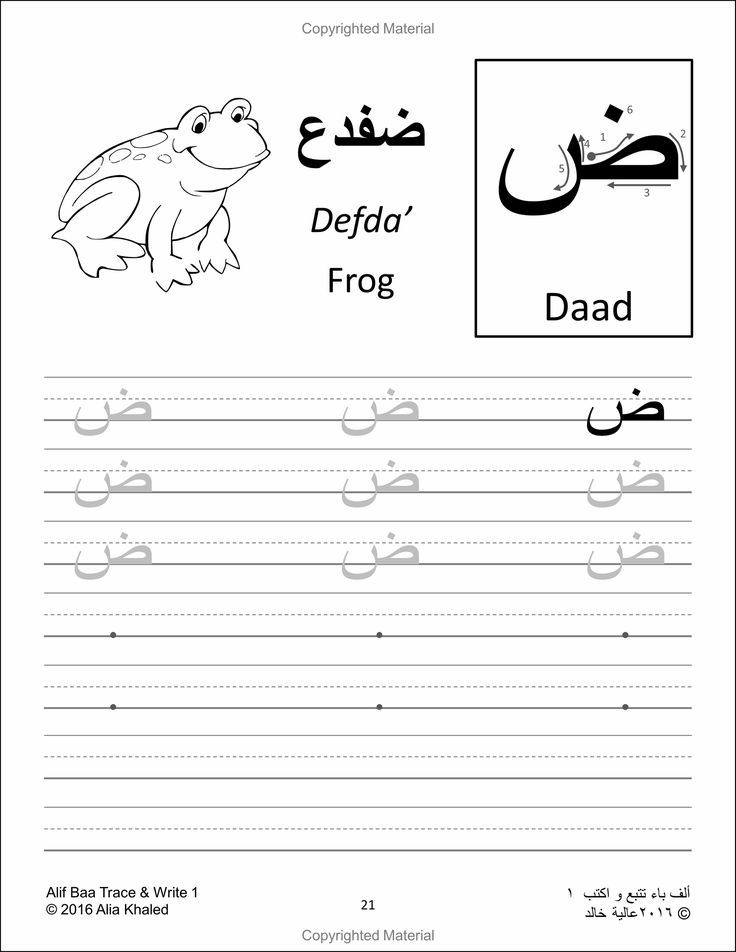 See my disclosure for details.
See my disclosure for details.
Teaching the alphabet is foundational for reading and writing. Around the age of 2, children begin showing interest in learning alphabet letters. While some kids learn letters very quickly, others need more repetition and time to learn letters. Today I’m going to share with you some of my favorite ways to teach the alphabet to little ones.
Here’s what a preschooler should know before kindergarten:
- Recite/sing the alphabet
- Identify uppercase letters
- Identify lowercase letters
- Match uppercase letters to lowercase letters
- Identify the sounds each letter makes
- Traces letters
- Write some alphabet letters
Here are my five favorite ways to teach the alphabet to children.
1. Read Alphabet Books
Read all sorts of alphabet books to your children, even starting as babies. The repetition will really help your child learn the alphabet at a young age.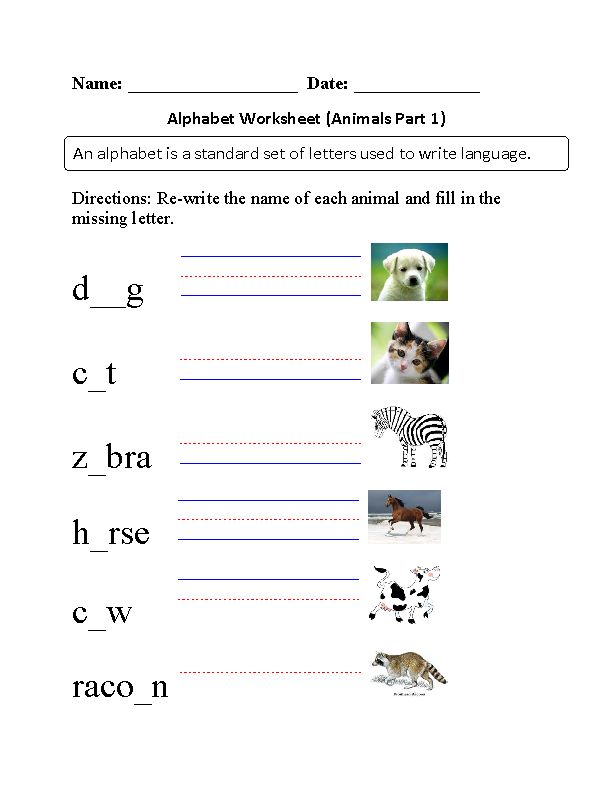 When my oldest was born, I was surprised at how many alphabet books we had been given as gifts. We loved reading all of them because they were different from each other. I found that around 18 months both my kids really started enjoyed reading alphabet books. Here are a few of our alphabet books:
When my oldest was born, I was surprised at how many alphabet books we had been given as gifts. We loved reading all of them because they were different from each other. I found that around 18 months both my kids really started enjoyed reading alphabet books. Here are a few of our alphabet books:
Here are some of our favorite alphabet books.
The Three Bears ABCChicka Chicka Boom Boom (Board Book)Eating the AlphabetThe Farm Alphabet BookG is for GoatHarold’s ABC (Purple Crayon Book)I Stink! (Kate and Jim Mcmullan)Bad KittyThe Letters Are Lost!AlphaOops!: The Day Z Went FirstZ Is for Moose (Booklist Editor’s Choice. Books for Youth (Awards))Q Is for Duck: An Alphabet Guessing GameABC T-RexWork: An Occupational ABC
2. Sandpaper Letters
Using sandpaper letters is a great way to introduce letters to children. My favorite ones are Didax Sandpaper Tracing Letters or School Supply Tactile Letters Kit. This is a perfect pre-writing activity because children use their finger to trace the sandpaper letters.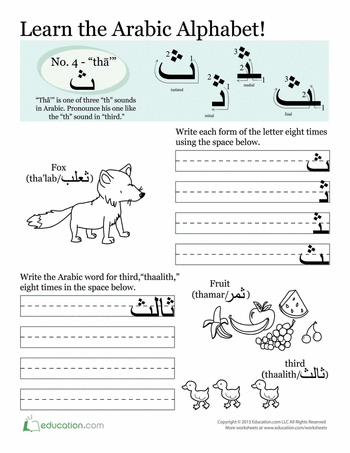 I love that the cards tell the child where to start and which direction to go.
I love that the cards tell the child where to start and which direction to go.
Sandpaper letters are part of the Montessori approach to learning how to read. These letters provide a tactile and visual way to help children learn the alphabet. In the Montessori method, you teach letters to a child in the 3-period lesson.
1st period is introducing the letter (“this is” period). Show your child the letters. Have them trace the sandpaper letters. The best way to teach children alphabet letters is by telling them their phonetic sound. So each time they trace the letter, say the phonetic sound.
2nd period is association (“show me” stage). Ask your child to follow simple directions with the letters. For example, please pick up the /m/ and set it by the window. Continue to do this with each letter several times to reinforce this. If it is too difficult, return to the first period.
3rd period is recall (“what is this?” period). Only go to this period when they’ve mastered the other two periods. Put a letter in front of the child and say “Can you trace this and tell me what it is?” Continue with the other letters in the same way.
Only go to this period when they’ve mastered the other two periods. Put a letter in front of the child and say “Can you trace this and tell me what it is?” Continue with the other letters in the same way.
When you use these sandpaper letters, you are teaching them 3 things: the shape of letters, the feel of its shape and how its written, and how you pronounce its sound.
3. Alphabet Puzzles
I think teaching letters with alphabet puzzles are an amazing tool for teaching the alphabet. This is my favorite puzzle, from Melissa and Doug. It’s a beautiful wooden puzzle with neat pictures. This is a great way to practice vocabulary and verbal skills, too.
4. Sensory Activities
While some kids learn letters very quickly, others need more repetition and time to learn letters. I’ve always said that children learn best when they have many multisensory experiences with letters.
I love to incorporate sensory play into learning alphabet letters.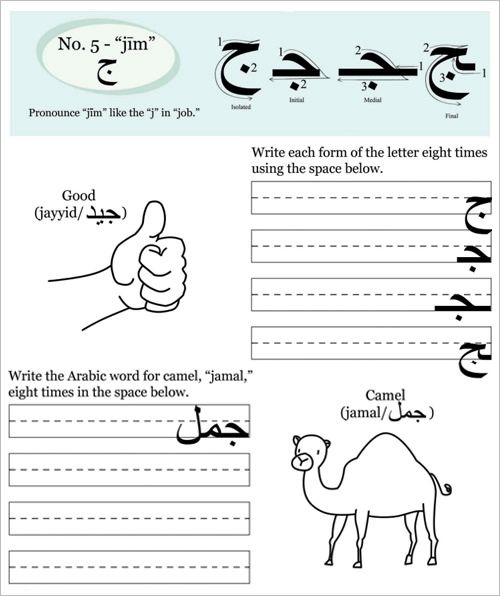 When children have meaningful activities with repeated exposure, they start to pick up on letter names. One way is this alphabet ice excavation activity.
When children have meaningful activities with repeated exposure, they start to pick up on letter names. One way is this alphabet ice excavation activity.
You could also make a sensory bin and do an uppercase and lowercase matching activity, like this one.
Or practice writing letters in the sand, like this sensory writing tray.
5. Alphabet Printables
I have quite a few alphabet printables on my blog, but here are is a set that is easy and fun for preschoolers. You will need Do a Dot Markers or dot stickers to fill in the circles.
I love pulling printables out for a quick and easy activity. I’m always advocating for hands-on learning, but sometimes it’s nice to do a few paper activities. Using Do a Dot markers or dot stickers is great for hand-eye coordination and fine motor skills.
If you’d like to download this printable, just click the button below.
Learning to write block letters of the Russian alphabet.
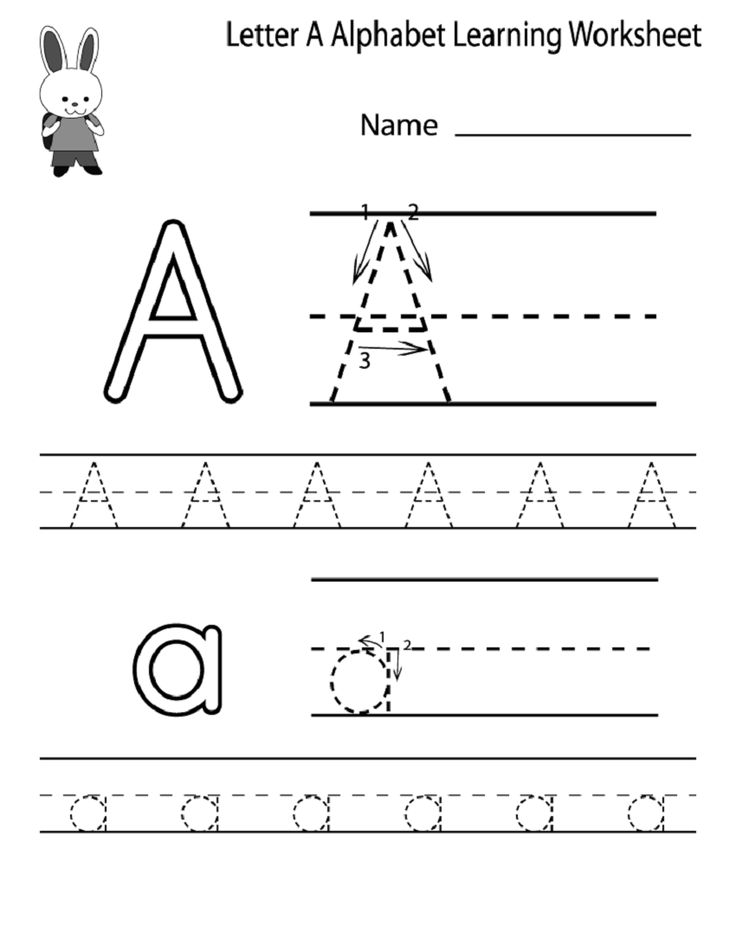 Trainer
Trainer Electronic library
Raising children, today's parents educate the future history of our country, and hence the history of the world.
- A.S. Makarenko
Learning to write block letters of the Russian alphabet. Trainer
- A
- B
- B
- G
- D
- E
- Yo
- F
- W
- and
- Y
- K
- L
- M
- H
- O
- P
- R
- C
- T
- W
- F
- X
- C
- H
- W
- W
- b
- S
- b
- E
- Yu
- I
- Tasks
This section contains a simulator that teaches preschoolers 5-6 years old how to write the correct block letters of the Russian alphabet. The simulator consists of a collection of developing children's recipes, arranged in alphabetical order on colored tabs.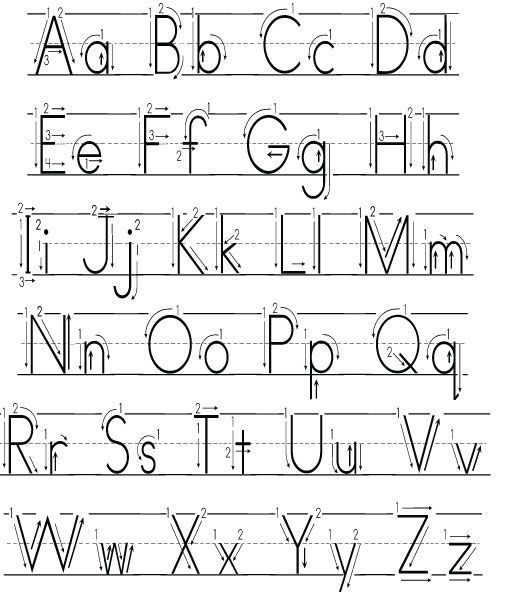
Red tabs contain copybooks for studying vowels, blue tabs for studying consonants, gray tabs for studying separating marks. The green tab contains developmental tasks and exercises for consolidating and practical application of writing skills in block letters.
Printing is part of learning to read and write early. This lesson develops attention, fine motor skills, graphic skills, promotes better memorization of the alphabet and improves literacy.
By completing developmental tasks and exercises, the child will get acquainted with block letters, learn how to write them, and also learn the Russian alphabet.
You can print as many copybooks as you need to repeatedly practice writing letters, reinforce your skills, and get a successful learning outcome.
Here various methods of teaching writing in block letters are proposed, which allows you to individually select the most suitable option for your child or put into practice all the proposed methods, making the learning process more interesting and varied for a preschooler.
Tips for working with spelling:
- Let's learn the vowels first. They are simpler and easier to pronounce and remember, at this stage of learning there are no problems even for children with speech disorders. Letters denoting the same vowel sound are recommended to be studied in pairs A - I, O - E, U - Yu, E - E, Y - I.
- After vowels, we study consonants. The sequence of study does not matter. As a rule, the letter P and other letters, the pronunciation of which is still difficult for the baby, are studied at the end. It is not recommended to study paired consonants in a row (B - P, G - K, D - T, Z - C, V - F, F - W) - it is difficult for a child at this age not to confuse them by ear.
- There are different approaches to the order of learning the letters, so you can use another, in your opinion, the most acceptable variant of the sequence of letters.
- Practice with your child for no more than 15 to 20 minutes.
- When completing tasks, the preschooler should hold the pen or pencil correctly, without straining the fingers too much.
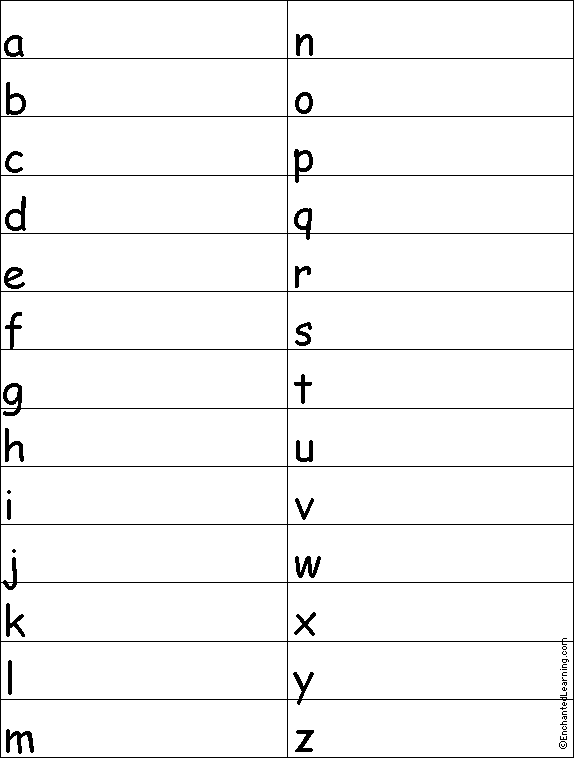
- It is very important to properly organize the child's workplace: be sure to pay attention to whether it is comfortable for the child to sit at the table, and also where the light source is located. For right-handers, the lamp should be on the left side, and for left-handers, on the right.
- Don't forget to praise your child, even if he doesn't do well on tasks. From classes, a preschooler should receive only positive emotions. This is a prerequisite for further successful learning.
- Remember that learning should be in the form of an exciting game. In no case should a child be forced to fill out prescriptions - this can consolidate an aversion to learning to read and write for many years.
* 9 methods were used to create the simulator0119 VG Dmitrieva , O.S. Zhukova , M.O. Georgieva , M.P. Tumanovskaya .
- Views: 562863
Children speak
| “Will mothers give birth to boys? What are dads for then? - Timur, 3 years old |
New
- Lego speech games
- Neurologopedic prescriptions.
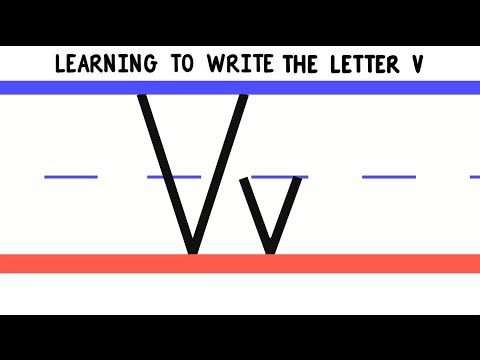 Learning to read and developing speech
Learning to read and developing speech - Become a letter! Dynamic pauses in teaching literacy to preschoolers and younger schoolchildren
- 7 Inexpensive Educational Gifts for Kids
- Speed reading for kids and more
Recommended
Prescriptions for children
| Preparing for school | |
| Hand development | |
| Teaching writing | |
| Interesting tasks | |
| Modern techniques |
Privacy policy
ᐅ Recipe. Learn to Write the Alphabet reviews — 1 honest customer reviews about Teaching aids for children Copybooks. Learning to write the alphabet
Advantages
Defects
Comment
Grade
I accept the terms providing data.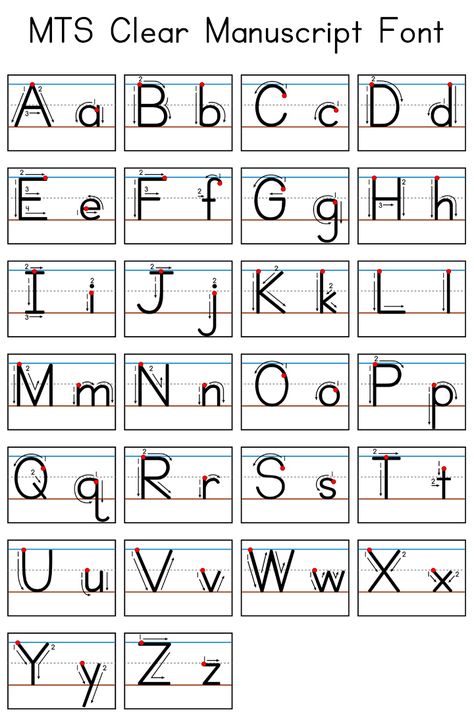
- Publishing house: Flamingo
- ISBN: 978-5-7833-1882-5
- Edition: 2014
- 16 pp.
- Format: 21x14 Cm
- Developed skills: Independence
- Topics: Letter Average copybook rating. Learning to write the alphabet - 5
There are 1 known reviews of Prescribing in total. Learning to write the alphabet
Looking for positive and negative feedback about Copybook. Learning to write the alphabet?
From 11 sources we collected 1 negative, negative and positive feedback.
We will show all the advantages and disadvantages of Copybook. Learning to write the alphabet revealed when used by users. We do not hide anything and post all positive and negative honest customer reviews about Prescription.

